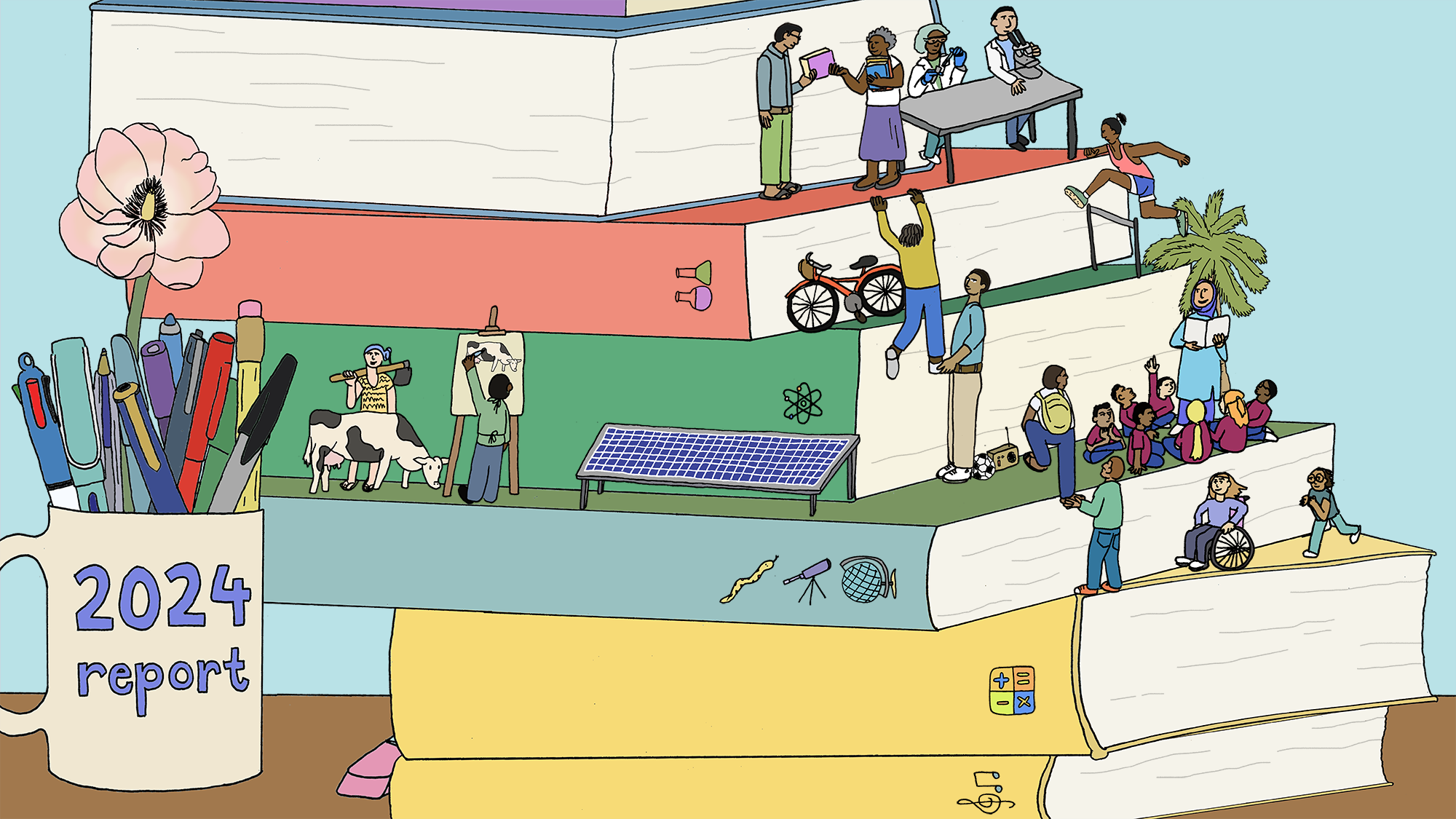Learners around the globe are in learning poverty
In 2022, the World Bank estimated that around 70% of children aged 10 in low-and middle-income countries could not read and understand a simple text, an increase from 57% in 2019 (World Bank, 2022), highlighting that the world was experiencing a learning crisis. These increases occurred partly as a result of school closures that took place during the COVID-19 pandemic, but the projected rise in learning poverty was different by region, with Latin America and the Caribbean seeing the most notable increase.
In forced displacement contexts, we do not know if children are learning
We do not know what proportion of forcibly displaced learners have literacy and numeracy skills. The importance of reporting on this is highlighted in SDG4, indicator 4.1.1 which calls for countries to report on the proportion of children and young people achieving at least a minimum proficiency level in (i) reading and (ii) mathematics, by sex. We know even less about whether these learners have social and emotional skills, demonstrated not only to be necessary for the acquisition of literacy and numeracy but also essential for success in later life.
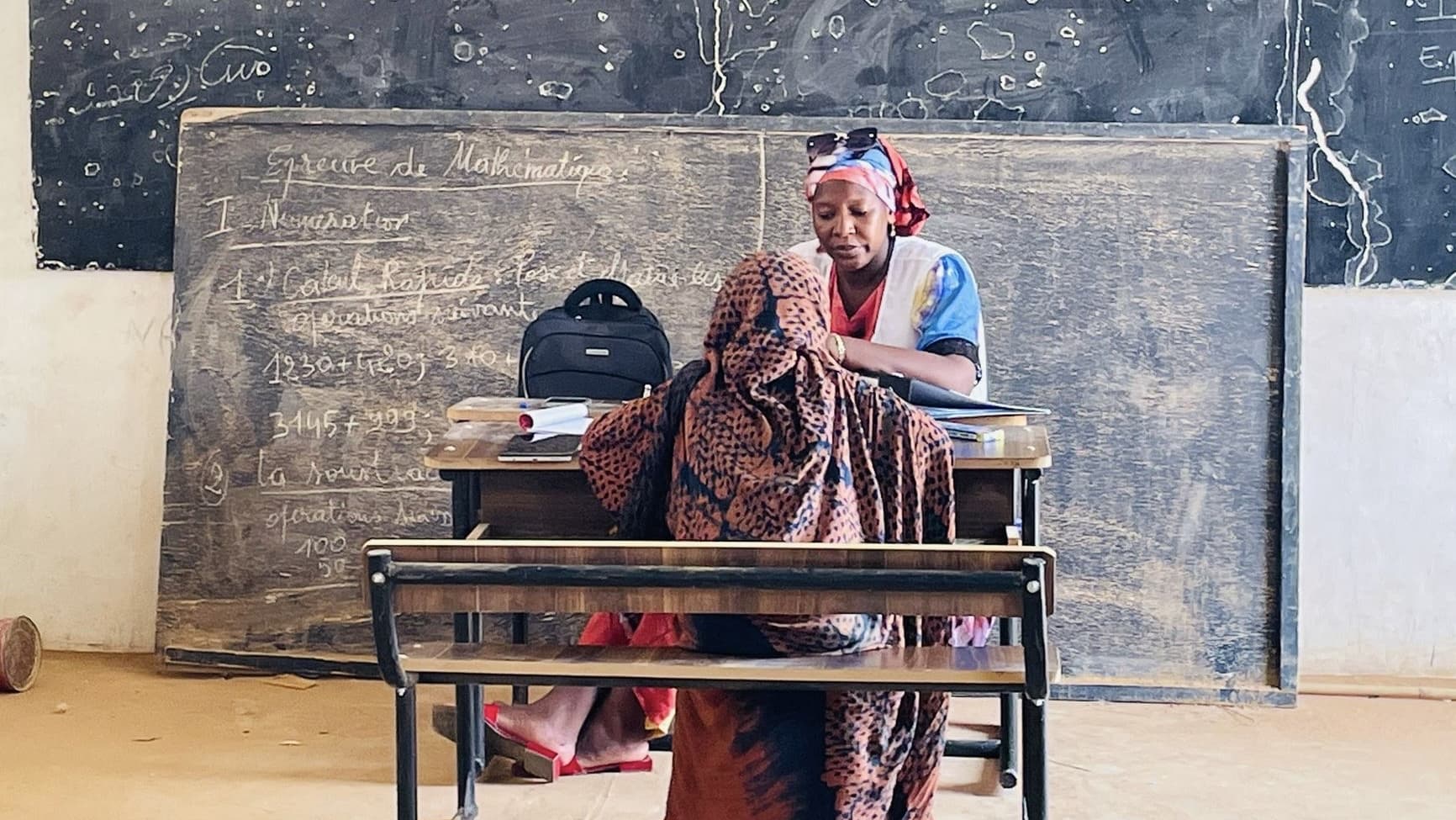
A refugee child in the Mbera camp in Mauritania takes a learning assessment with a trained facilitator. ©RET International
The objective of the Learning Measurement project is to fill this data gap to effectively inform education program design and policy to address learning for refugee children. We want to know: To what extent do forcibly displaced children have literacy and numeracy skills? To what extent do they have social and emotional skills? To find out, we conducted two learning assessments in the contexts of Mauritania and Mexico.
The findings in both countries tell us a complex story about the state of learning in these very different contexts.
Mauritania
In July 2024, UNHCR and RET International conducted an educational assessment in Mauritania. The Holistic Assessment of Learning and Development Outcomes (HALDO), developed by Save the Children, is an interactive assessment tool that measures learning progress among populations impacted by crises.
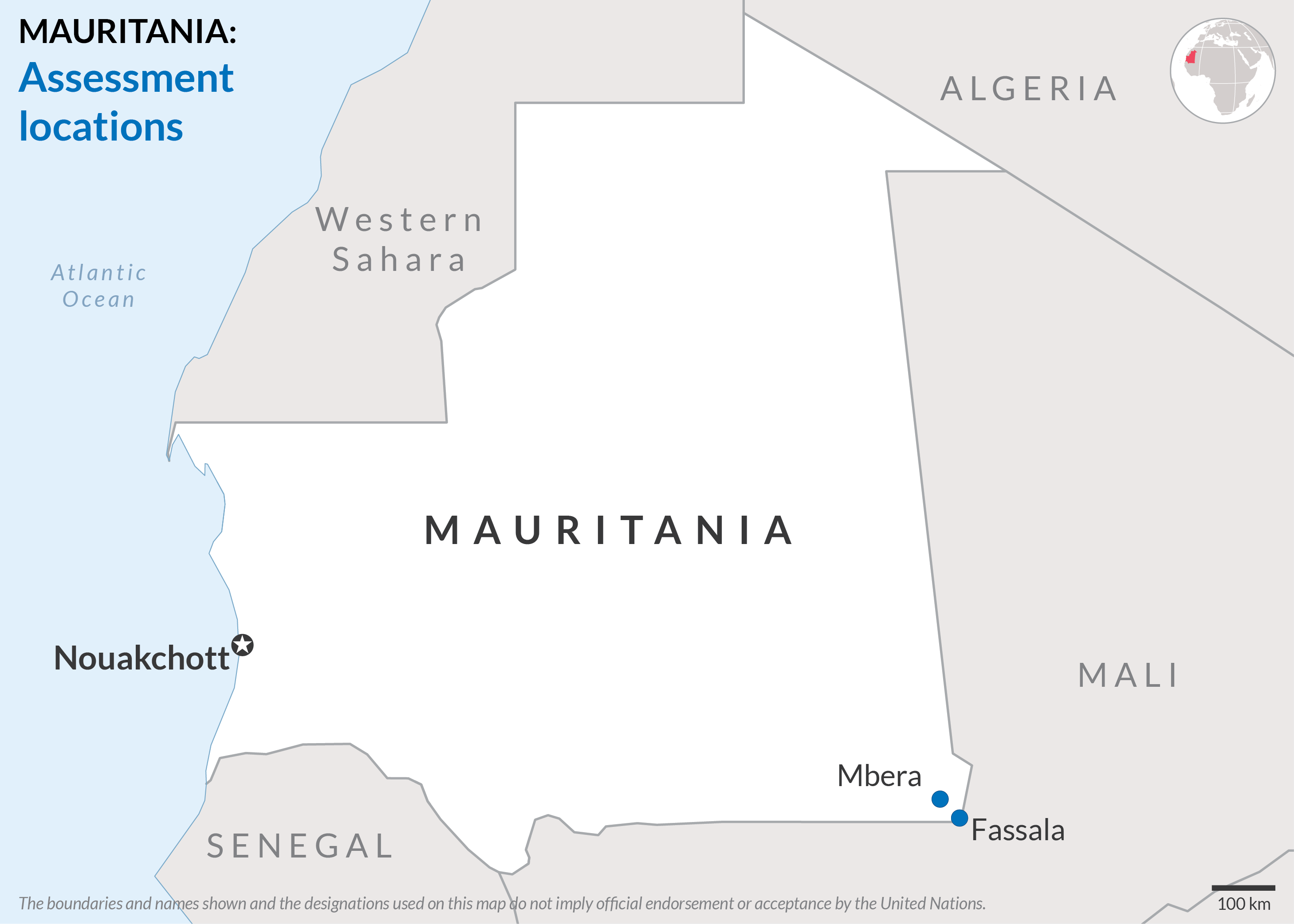
people live in Mbera camp. More than half of these refugees are children (2024)
primary and secondary school aged refugee children as a percentage of the total Mbera camp population (2024)
refugee primary gross enrollment rates (2023)
refugee secondary gross enrollment rates (2023)
It should be noted, a large portion of students in both grades are over age, and not at the appropriate age for their grade level. A positive finding was that Grade 6 students consistently outperformed their Grade 4 peers, indicating that some learning is taking place in the transition from Grade 4 to 6. Lastly, none of variables on socio-economic background of the students, such as possessions in the home, are predictors of assessment scores, except having books at home.
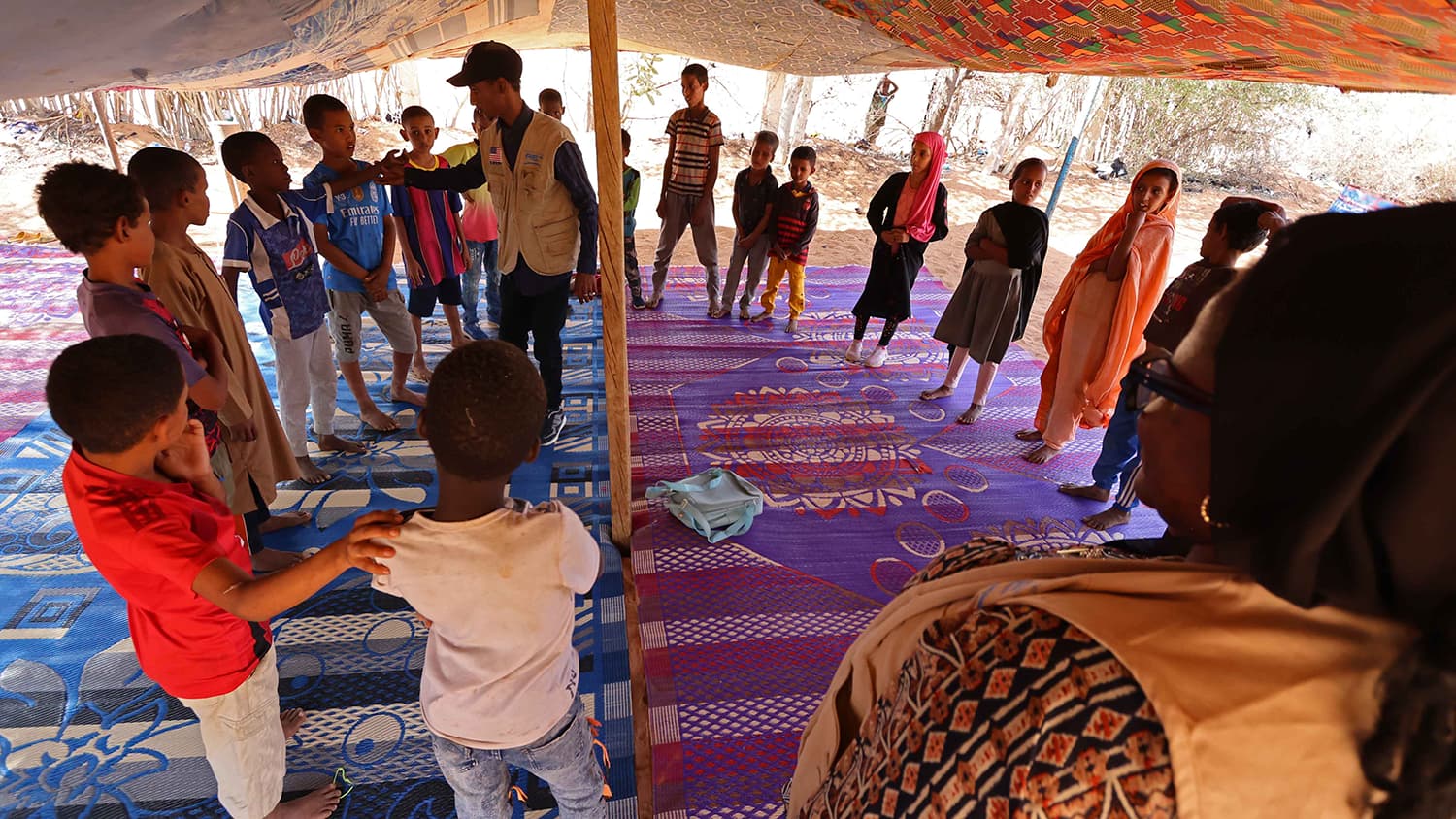
A facilitator conducts activities with children in Mbera camp. ©RET International
The HALDO instrument includes elements of Socioemotional learning (SEL), which “refers to a child’s growing capacity for independence and confidence in a range of routine activities.” The SEL section begins with five basic questions about the child’s self and environment, including full name, age, etc. All students scored above 90 percent. The high scores on this content are not surprising for students in this age range.
Questions 6-11 of the SEL assessment become more subjective and ask students to consider their future aspirations. The sequence begins with Q6 where the students are asked to name one thing that they “hope/wish will happen in your life in the future”. The progressively lower scores in questions 7-11 suggest that about half of the overall sample have difficulty in contemplating the future, what may happen to them and what kinds of factors may impact their lives.
Mexico
In Mexico, another learning assessment was given to children in Tijuana, Tapachula and Monterrey. The assessment relied on a sample of 443 children, aged 4 to 18. 75% of the sample are out-of-school children or in non-formal education setting. Data collection includes children from 15 different countries of origin, although a majority of them came from the Northern Triangle of Central America and Haiti.
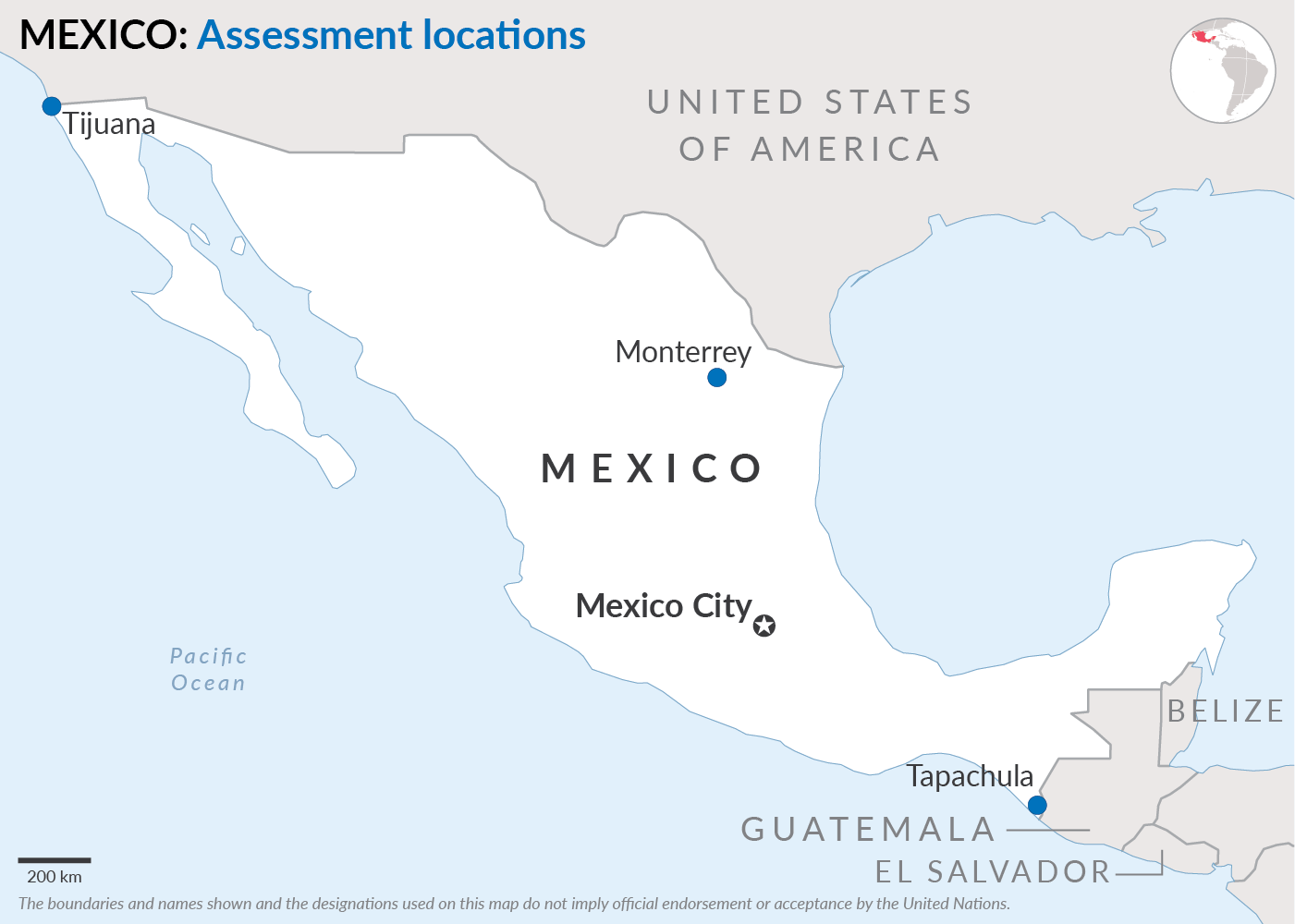
asylum seekers (2023)
of asylum seekers are children (2023)
refugee primary gross enrollment rate (2024)
refugee secondary gross enrollment rate (2024)
HALDO on the Move was used for the assessment in Mexico. The tool is an adaptation of the original HALDO. It is designed to assess children from 5-18 years old and tailored to assess the learning needs of children on the move, particularly those observed along the Central American migratory route as well as Mexico. For this assessment in Mexico, children aged 4 were also included.
Like the results from Mauritania, children in all age groups perform better with easier questions but struggle as questions become more demanding.
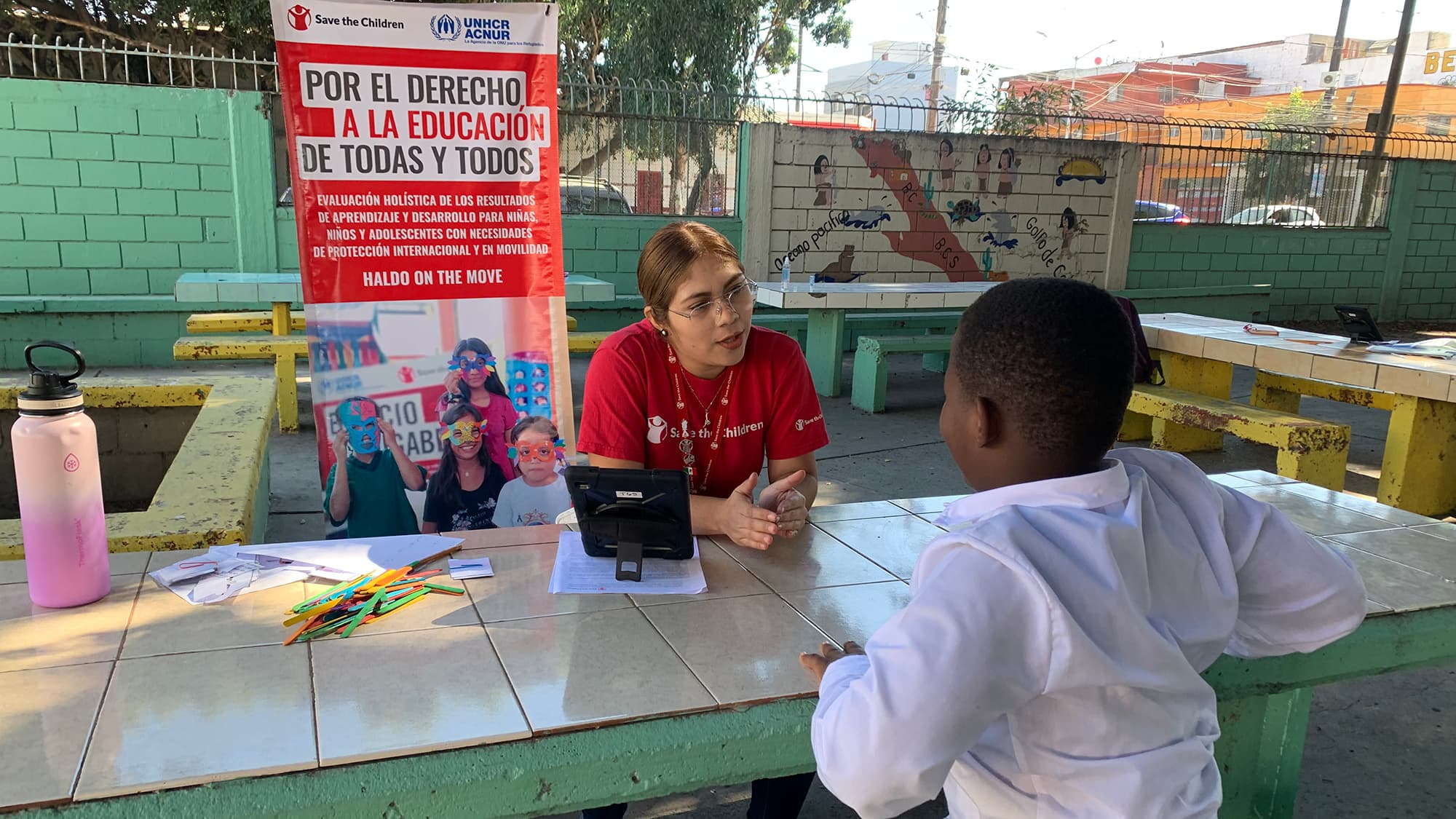
A trained facilitator conducts a learning assessment with a child in Tijuana, Mexico. ©Save the Children
Age is a key predictor of children’s performance for all domains, while gender is not a key predictor. Children from Haiti perform worse in various domains which may be due to the language barrier. The tool administration was done in Spanish while their native language is Creole and French.
Across all domains, there is significant differences in performance between 4-8 age group and the older age groups. However, there is little difference between 9-13 and 14-18 age groups. This shows learning development is stagnant between early and late adolescents.
SEL performance also shows similar trend as literacy and numeracy. Children struggle to answer the questions as they become more demanding.
34% of age 4-8 can reach two highest levels of the HALDO SEL question, which mean they can demonstrate empathy and rationalize others’ actions or through indirect information. These percentages are 51% and 42% for 9-13 and 14-18 age groups, respectively.
Key messages
- Levels of learning are low and students lack the basic competencies they should have, but some learning progression seems to be occurring.
- It is important to generate data to inform effective program design and policy to support improving quality of education for refugee children.
- Increased investment and prioritization of resources for learning is crucial to help forcibly displaced children obtain the skills they need. Including components of socio-emotional learning in the curriculum and/or advocate for the importance of SEL to the national authorities is essential to ensure holistic learning.
For more information on this study, check out our blogs of the assessment in Mauritania and Mexico, and our technical reports here.
